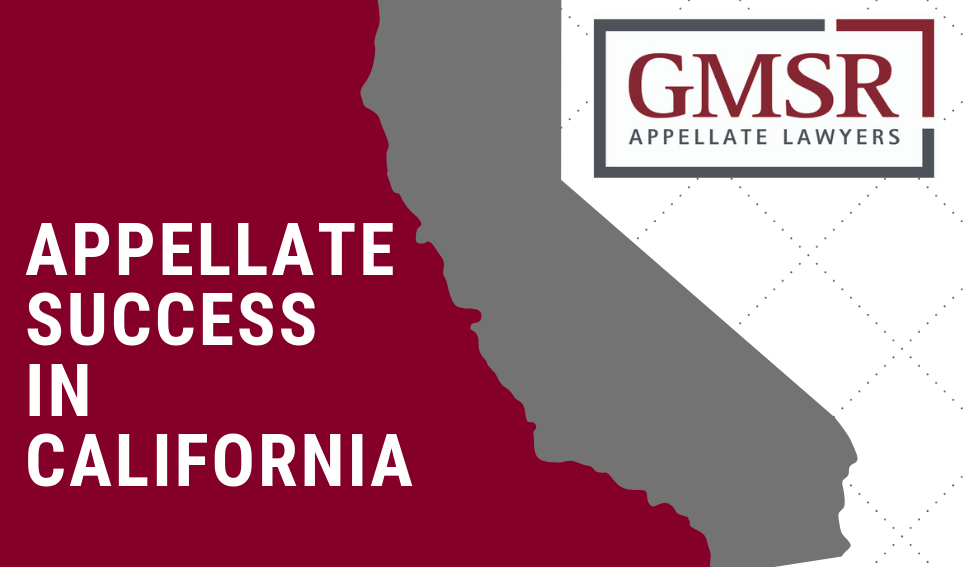How To Strategically Use Statements Of Decision
The convoluted process for obtaining a statement of decision after a bench trial frequently trips up litigators. This is a missed opportunity. Mastering the nuances of the process can help maximize your chance of success on appeal. Here are some key points:
- The Court of Appeal generally presumes that an appealed ruling is correct, and infers that the trial court made all findings necessary to support it. This is true whether or not there is a statement of decision.
- Statements of decision can overcome the presumption of correctness, by revealing an error in the court’s reasoning—for example, that the court relied solely on a theory that is invalid or unsupported by evidence.
- Objections to a proposed statement of decision—pointing out ambiguities or omissions—can limit the inferences drawn in favor of the judgment: A reviewing court will not infer findings on a point where the statement of decision is silent or ambiguous, if the appellant objected to the omission or ambiguity during the statement of decision process and the trial court failed to revise the statement of decision in response.
► The practical message. Statements of decision are an important part of shaping the record for appeal. If you are headed to a bench trial or other proceeding where statements of decision are available, make sure someone on your team understands how to navigate the process strategically. And, don’t miss your opportunity to object!
If you want to learn more about the statement of decision process, click HERE.
Browse By Topic
We welcome your inquiry. However, sending us an email does not create an attorney-client relationship. For that reason, you should not send us any kind of confidential information. Until we have agreed to represent you, we cannot be obligated to keep it confidential.







